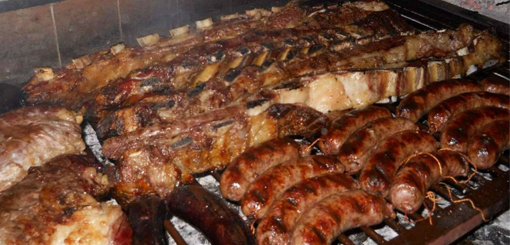When foreigners arrive in Argentina, especially in Buenos Aires, one of the must-do’s is asado: beef steak and the famous "achuras", mollejas, chinchulines, kidneys and heart of the cow that even in the most select asadores of the city take on importance of dishes of full sophistication and tradition.
However, what little is said both in those restaurants and among today's top chefs and rotisseries is that the tradition of the Argentine asado, and its beef cuts variants, was born among the poorest of society in the 19th century, not only among gauchos and pawns but also among the slaves of the estancias and saladeros of the time.
what little is said both in those restaurants and among today's top chefs and rotisseries is that the tradition of the Argentine asado, and its beef cuts variants, was born among the poorest of society in the 19th century, not only among gauchos and pawns but also among the slaves of the estancias and saladeros of the time.
At the beginning of the 19th century, and already consolidated and enriched an oligarchy born in the countryside but bourgeois with the north placed in France, the asados (including the bifes and the achuras) were considered low class.
At that time, the elite encouraged the consumption of French dishes and some very little local foods such as empanadas except on the dates of national celebrations.
However, it was the descendant of Afro-Argentine slaves who managed to turn the conception on the dishes of the common people of Argentina.
And that by turns of destiny he managed with talent and to place what were considered cheap cuts of meat and preparations of the plebe among the top restaurants of Argentina and Europe.
Antonio Gonzaga, a resident of Palermo Viejo in the city of Buenos Aires at the beginning of the 20th century, was responsible for this. One of the Afro-Argentine compadritos to whom legends tell, Jorge Luis Borges immortalized in his milongas.
The celebration of the centennial of Independence in 1916, itas the center of its apogee. This when foods like the puchero stew began gained relevance between the selected letters.
Podcast: Bajar
Suscribirse en ¿Qué es Nacional Podcasts?








